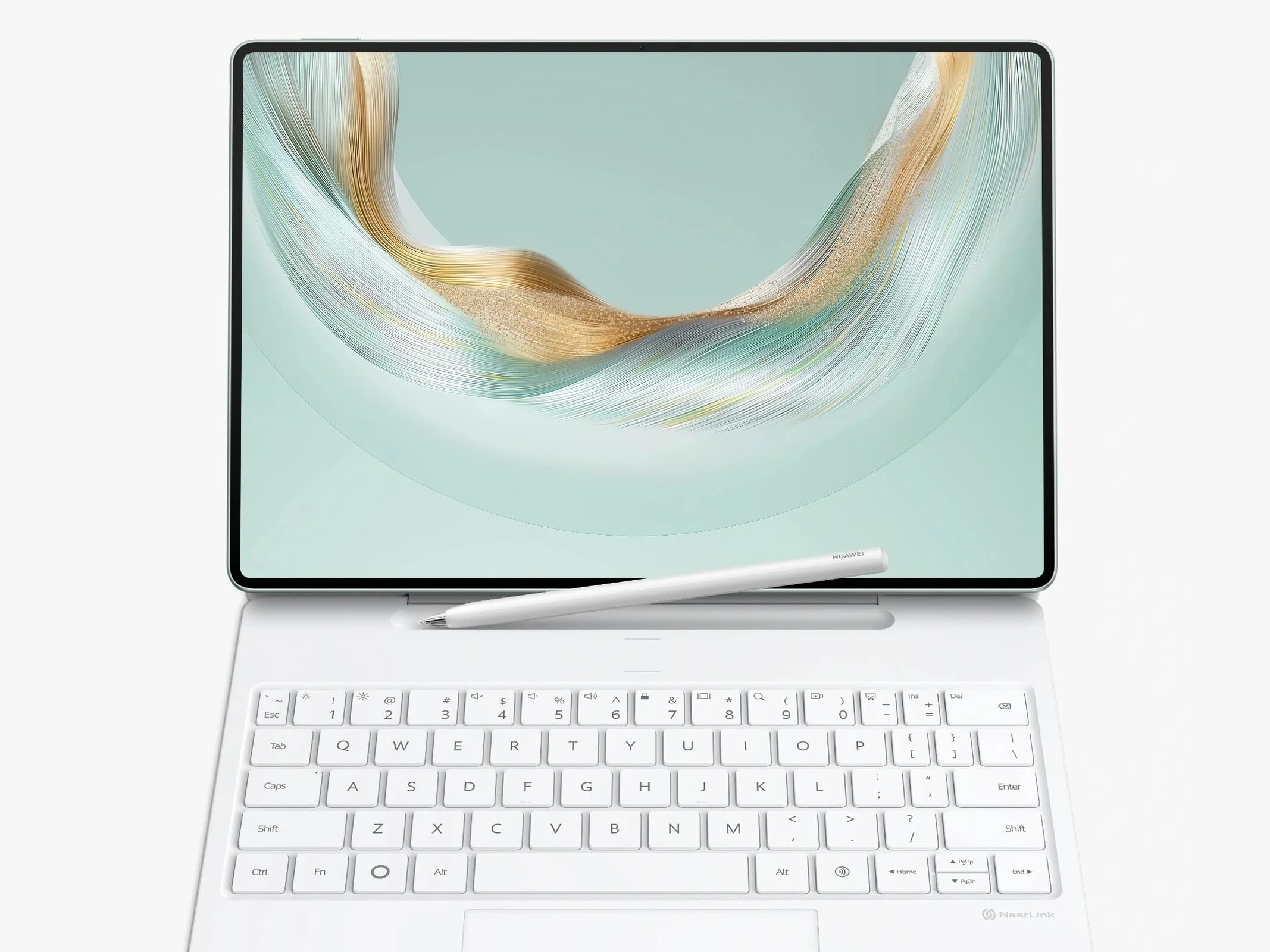Key Takeaways
1. The latest Apple iPad Pro features a tandem OLED display with full-screen brightness of 1,000 nits and peak HDR brightness of 1,600 nits, while being power efficient.
2. Apple is exploring the addition of tandem OLED displays for future iPhones, with LG Display proposing a simplified design aimed for late 2024.
3. The new OLED layer arrangement will have the front layer containing all RGB subpixels and the back layer only blue subpixels, lowering costs and improving brightness and power efficiency.
4. Apple is in discussions with LG Display and Samsung Display for these panels, with potential commercial use aligning with the iPhone 20 Pro in 2028.
5. Development delays may occur primarily due to slower progress at Samsung Display, and Apple aims to avoid reliance on LG Display to mitigate supply chain risks.
The latest Apple iPad Pro comes with a tandem OLED display that boasts a full-screen brightness of 1,000 nits and a peak HDR brightness of 1,600 nits, all while being relatively efficient in power use. A recent report from The Elec suggests that Apple is looking into adding a tandem OLED display to future iPhones. LG Display has reportedly offered to create a more simplified tandem panel specifically designed for the iPhone, with a target date set for late 2024.
OLED Layer Arrangement
In this design, rather than distributing all RGB subpixels across two layers of OLED, the front layer would contain all the subpixels, while the back layer would only have blue subpixels. This change is expected to lower costs and allow for increased brightness and reduced power consumption when compared to the OLED display found in the iPhone 16 Pro. Reports indicate that Apple is in discussions with LG Display and Samsung Display about creating these panels, with commercial use potentially aligning with the iPhone 20 Pro in 2028 at the earliest.
Potential Delays
The timeline for rolling out these simplified tandem OLED displays may be delayed mainly due to the slower development pace at Samsung Display. Additionally, Apple prefers not to rely solely on LG Display for manufacturing, as this could complicate price negotiations and heighten supply chain risks. As is typical with early rumors, it’s wise to take this information with a grain of salt, since Apple’s plans may shift in the upcoming years.
Source:
Link


